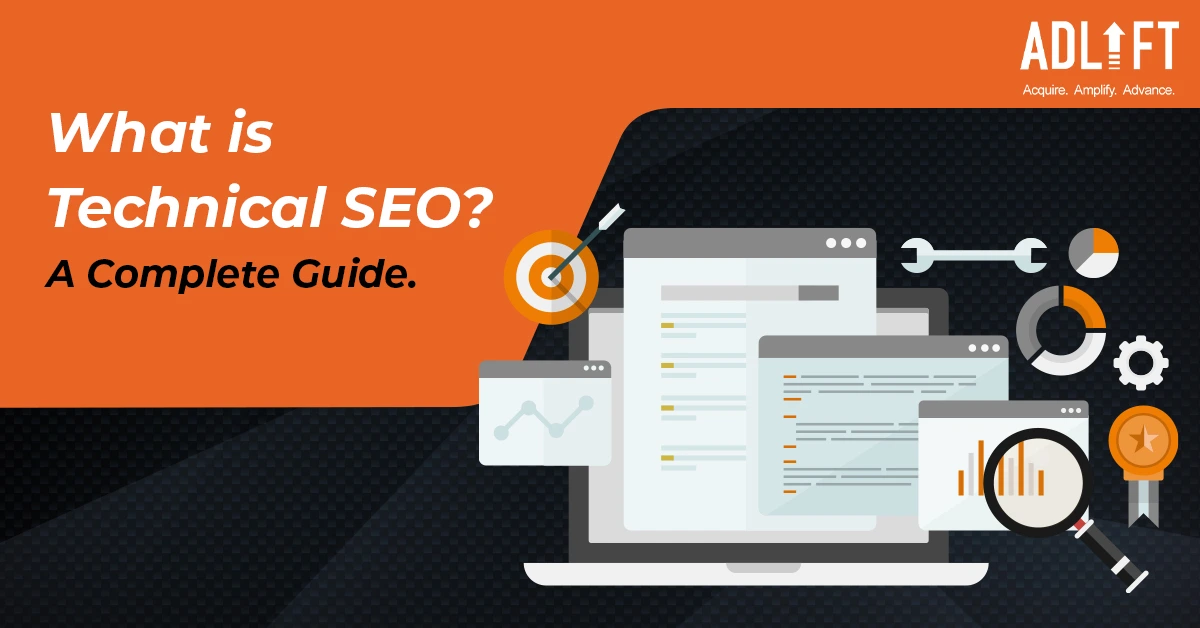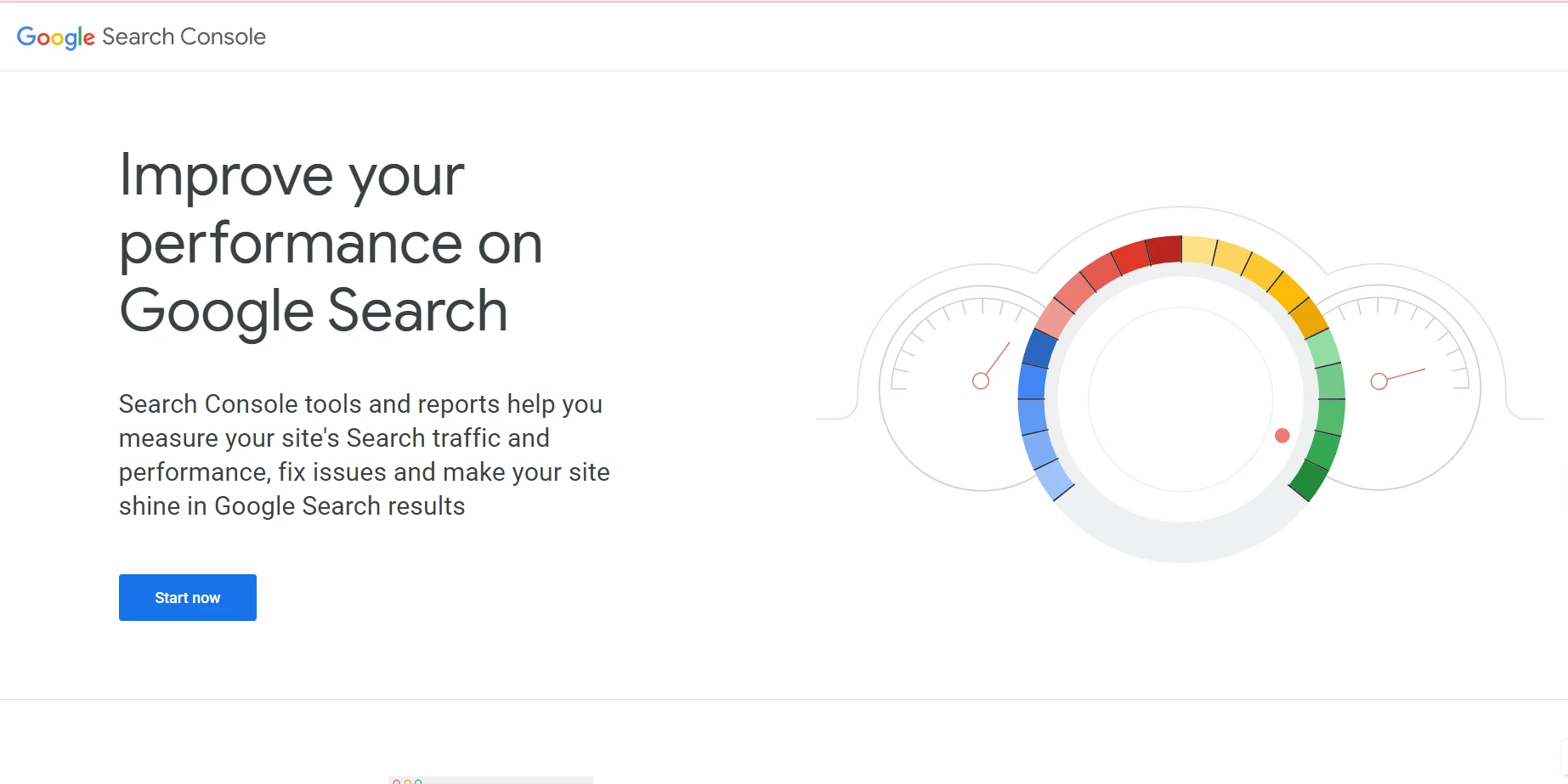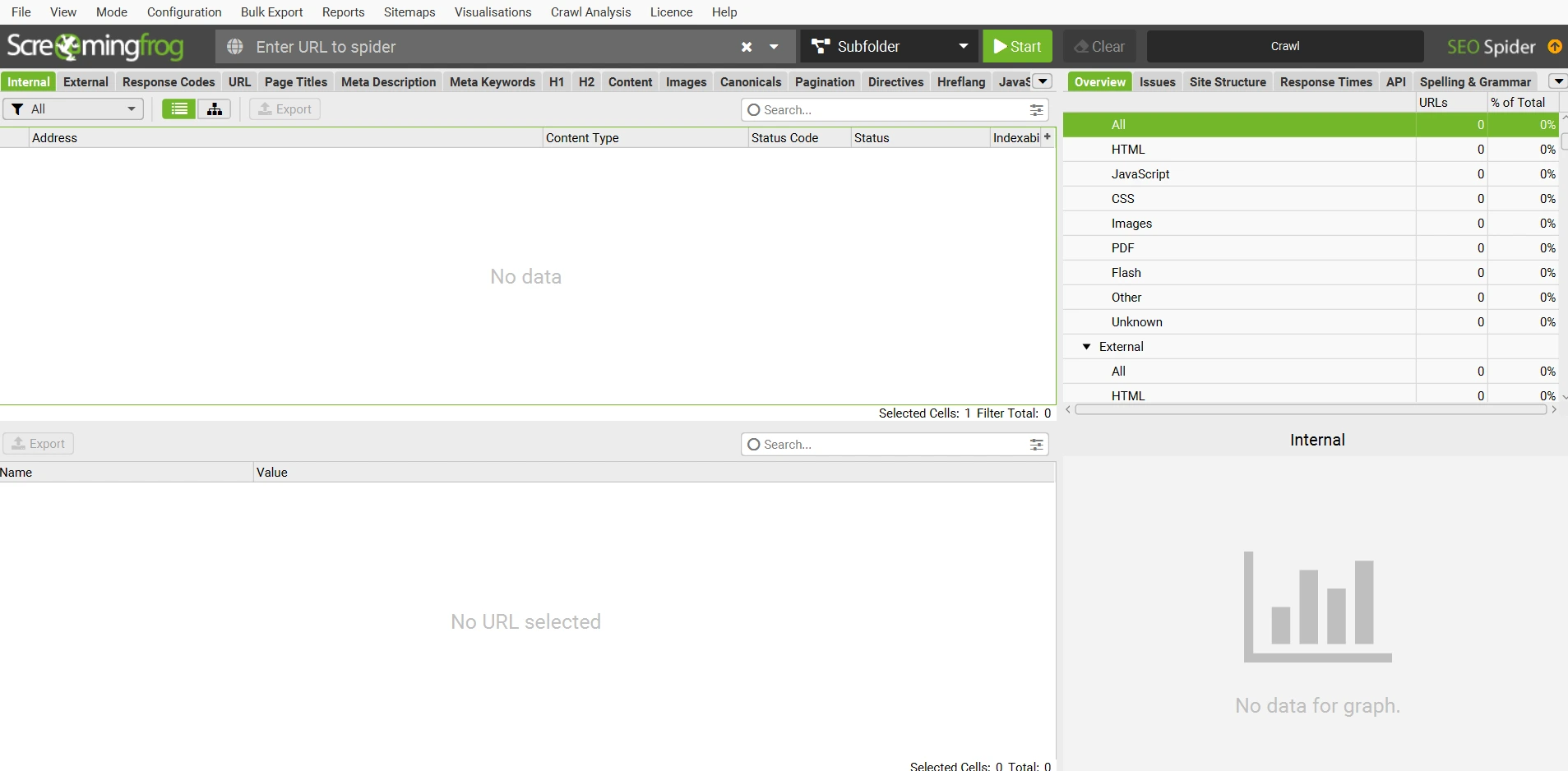What is Technical SEO: A Complete Guide

What is Technical SEO?
Technical SEO refers to the practice of optimizing the technical aspects of a website to improve its ranking in search engine results pages (SERPs) and make it more crawlable, indexable, and efficient for search engines to understand and crawl. Technical SEO includes a wide range of activities, such as optimizing the website’s structure and hierarchy, the use of header tags, the optimization of the website’s load speed, the creation of a sitemap, the use of clean URLs, and the use of structured data to help search engines understand the content on the website. Technical SEO is an important part of any overall SEO strategy, as it helps to ensure that search engines can effectively discover, crawl, and index a website, which is essential for it to rank well in search results.
The Importance of Technical SEO Audit
A technical SEO audit is a process in which you review your website’s technical features and infrastructure to identify any issues that may be affecting its ability to rank in search engine results pages (SERPs). Technical SEO audits are important because they help to ensure that search engines are able to easily crawl and index your website, which is essential for it to rank well in search results. Some of the benefits of conducting a technical SEO audit include:
Improved Search Engine Visibility
By fixing technical issues, you can improve your website’s visibility in search engine results pages, which can lead to increased traffic and potential customers.
Better User Experience
A technical SEO audit can also help to improve the user experience on your website by identifying and fixing any issues that may be causing problems for visitors.
Increased Website Performance
Technical SEO audits can identify issues that may be slowing down your website’s performance, such as large image files or outdated code. By fixing these issues, you can improve your website’s load times, which can lead to a better overall user experience.
Improved Conversion Rates
A technical SEO audit can help identify issues that may be preventing visitors from completing a desired action on your website, such as filling out a form or making a purchase. By fixing these issues, you can increase your website’s conversion rates.
What are the Types of Technical SEO?
Here are the different elements that should be included in a technical SEO checklist:

How to do a Technical SEO Audit?
To conduct a technical SEO audit, follow these steps:
Crawl Your Website
Use a tool like Google Search Console or a crawler like Screaming Frog to crawl your website and identify any crawl errors or issues with the structure of your website.
Analyse Your Site Structure
Review the hierarchy and organization of your website’s pages and content. Make sure that your website has a clear hierarchy and that the most important pages are easy for search engines to find.
Check for Mobile Friendliness
Use a tool like Google’s Mobile-Friendly Test to ensure that your website is optimized for mobile devices and provides a good user experience on smaller screens.
Test Your Website Speed
Use a tool like Google’s PageSpeed Insights to analyse your website’s load speed and identify areas for improvement.
Create and Submit a Sitemap
A sitemap is a file that lists all the pages on your website and helps search engines understand the structure of your site. Use a tool like XML-Sitemaps to create a sitemap for your website and submit it to Google Search Console.
Use Clean URLs
Make sure that your website’s URLs are clean, easy-to-read, and accurately reflect the content of each page.
Implement Structured Data
Use structured data to help search engines understand the content and context of your website’s pages.
Ensure Security
Make sure that your website is secure and protect it from potential threats such as malware and hacking attempts.
Set up and Monitor Analytics
Set up and monitor website analytics to track the performance of your website and identify areas for improvement.
Ongoing Monitoring
Regularly review and monitor your website to identify and fix any technical issues that may arise.
Importance of Technical SEO Audit Tools
Technical SEO tools for audit can help identify and fix technical issues on a website that could be hindering search engine crawlability and indexation, as well as user experience. Some common issues that technical SEO audit tools can help identify include broken links, crawl errors, duplicate content, and website speed and performance issues.
By identifying and fixing these types of issues, a website can be more easily discovered and indexed by search engines, which can improve its visibility and ranking in search engine results pages. Technical SEO tools for audit can also help identify opportunities for improving the technical aspects of a website, such as by identifying opportunities for improving website speed and performance, or by identifying areas where a website is not fully mobile-friendly.
Some common technical SEO tools that you can use for audit include:
Google Search Console
This is a free tool offered by Google that allows you to view your website’s performance in search results, identify crawl errors, and submit your sitemap.

Screaming Frog
This is a website crawler that can be used to identify technical issues with your website, such as broken links, duplicate content, and crawl errors.

Mobile-Friendly Test
This is a free tool offered by Google that allows you to test whether your website is optimized for mobile devices.
PageSpeed Insights
This is a free tool offered by Google that analyses the performance of your website and provides recommendations for improving its load speed.
Structured Data Testing Tool
This is a free tool offered by Google that allows you to test and validate your website’s structured data.
Using technical SEO audit tools can help you save time and effort and provide more comprehensive and accurate results than manual audits. However, it’s important to note that these tools are only as good as the information they are given, so it’s still important to thoroughly review and analyse the results they provide.
What are the characteristics of a technically optimized website?
A website that is technically sound loads quickly for users and is simple for search engine robots to crawl. A good technical setup enables search engines to comprehend the purpose of a website. Additionally, it avoids confusion brought on, say, by duplicate content. Additionally, it doesn’t direct users or search engines to dead ends brought on by broken links. Here, we’ll briefly discuss some key traits of a website that has been technically optimised.
Website is fast
A technically optimized website should load quickly for users, as page load speed is a ranking factor for search engines and can also affect user experience. Google is aware that slow websites don’t always provide the best user experience. Hence, it favours websites that load quickly. A slow website thus receives even less traffic because it is listed lower in the search results than its speedier counterpart.
Website is easily crawlable for search engines
Robots are used by search engines to spider or crawl your website. Links are followed by robots to find content on the website. To ensure that they understand the content on the website better, there needs to be a strong internal linking structure.
Website doesn’t have too many dead links
While slow websites are frustrating, following links to pages that done exist can annoy users a lot more. People will see a 404-error page if a link on the site directs them to a page that doesn’t exist.
Website must have unique content
Having duplicate content on multiple pages of the website, or even on other sites can confuse the search engines. Such pages with duplicate content often end up with a lower search ranking. To avoid that, you can use canonical links to indicate the original page, or the page you would like to rank in the search engines.
Website must be secured
A website that has been technically optimised is secure. Making your website secure for users to ensure their privacy has become a fundamental demand in today’s world. There are numerous things you can do to make your website secure, but adopting HTTPS is one of the most important ones. HTTPS ensures that no one can intercept on the information transferred between the browser and the website. An SSL certificate is required to enable HTTPS on your website. Google made HTTPS a ranking signal because it understands the value of security and prefers secure websites to their unsafe counterparts.
Conclusion
Mastering technical SEO is not a day’s job. You would need a lot of dedicated research, and many trials and errors. The good news though, is that you do not need to do this by yourself. Our experts at AdLift can help you optimise your website and reach your business goals!
FAQs
Recent Posts
- Google Search Revolutionized for Educational Videos November 16, 2023
- Bidding Adieu to Google’s Page Experience Report November 9, 2023
- Google November 2023 Core Update November 3, 2023
- Unmasking Google’s October 2023 Spam Update October 5, 2023
- Unleash SEO Power: Must-Have Chrome Extensions for Website Success September 20, 2023
- SEO-Friendly URL Optimization: Mastering Structure for Better Ranking September 20, 2023
- Real Estate Marketing Ideas: Crafting a Results-Driven Marketing Strategy September 20, 2023
- The Anatomy of a Broken Link: Causes, Effects, and Solutions September 15, 2023
- Crafting an Informative FAQ Section: A Step-by-Step Guide September 14, 2023
- Local Business Schema Markup: Elevate Your Brand With The Magic September 14, 2023
Get
in Touch
Contact AdLift for a 360-degree marketing plan
